Folk horror is a slice of the horror cake that can be easily overlooked. Shudder’s Woodlands Dark and Days Bewitched doesn’t have an easy job. From the slasher corner piece that everyone raves about, to the paranormal centre chunk with the most icing on, folk horror can often feel like the slightly odd piece left over on the tray when it’s time to clean up. (Okay, I know that metaphor was a little overindulgent but the meaning stands).
One of Folk horror’s key difficulties in translating to mainstream appeal is in the difficulty many of us have in defining what exactly Folk horror is. Is it simply rural or backwoods horror? Is it horror that revolves around communities that feel cult-like? Is it closer to The Blair Witch Project or The Blood on Satan’s Claw? Is it strictly European? If not a solely British strand of horror? Or is there a definition amongst all those questions?
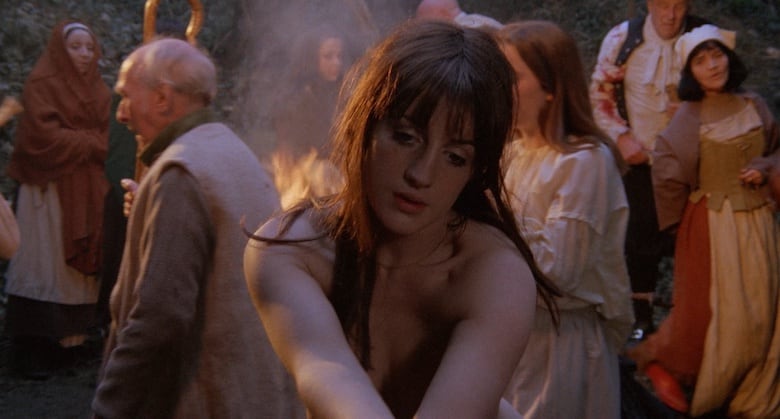
The most solid and workable definition I’ve found for Folk horror comes from the three-hour long documentary helmed by Kier-La Janisse, Woodlands Dark and Days Bewitched.
Woodlands Dark and Days Bewitched, The Best Bits
Were this a regular article, what would follow in this section would be a teasing synopsis that gives away the salient points of the novel/TV show/film I’m talking about and contextualizes the review or critical engagement I offer as the bulk of my article. But, as you can imagine, the three-hour long documentary’s run down of Shudder’s Woodlands Dark and Days Bewitched wouldn’t make for tantalising reading – there’s a reason it’s a documentary.
So, instead, I thought a nice highlight real would help, the most intellectually intriguing or purely fun sections of the picture would segue nicely in this section.
Australian Folk Horror
Call me an uncultured swine, I deserve it, because I’d never considered Australian folk horror before this picture. American? Yup. British? Duh. Even European? See my Last Days review here! But never Australian, and oh boy have I been missing out.
While I am not well-versed in Australian colonial history, Janisse deftly includes the idea of Australian Folk horror in the section of the documentary titled “Folk Horror Around the World”. By far the most interesting segment within this categorization is the connection drawn between horror as art, horror as entertainment, and horror as cultural critique.
Alexandra Heller-Nicholas, the author of 1000 Women in Horror, gives a salient underpinning to the value and weight that horror carries as a genre that critiques culture.
“I love this about horror in that sometimes they just capture a moment or articulate something they don’t know they’re articulating.” She discusses the film Kadaicha (1988) and how it begins to challenge the “white settler’s” imagination when considering the 1988 bicentennial celebrations in Australia of what Heller-Nicholas deems “invasion day”.
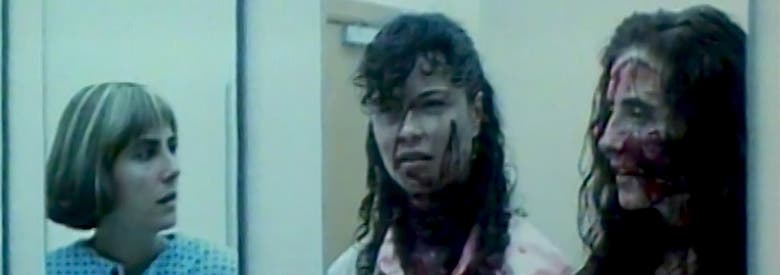
The core of the Australian segment is one of miscommunication between the “white settler” and the aboriginal people native to Australia. While Folk horror most agree is in some way connected to the land that its narrative is developed across, for most, Folk horror is a conflict of religious or cultural signifiers (paganism and Christianity, for instance). Yet, in the Australian context, this conflict is between the aboriginal’s sacred treatment of the land, and the British colonists and their descendants reliance on the land as a resource.
While a similar argument could be made for the Native American demographic within the USA, there is an implication of simply not listening to aboriginal complaints about sharing the land that isn’t framed the same way in American Folk horror. An eye opening section of a picture that will already have blown your mind.
Horror and the Holocaust
I think it is appropriate to say that most horror lovers have a fascination with aspects of the holocaust, especially if you’re from a European or American background. For many of us, the Holocaust is the first time we’ve ever been exposed to true evil, and that is a hard moment to shed in later life. The terror of the genocide, and it’s legacy within European communities (especially Jewish ones) is a reality of Folk horror that I hadn’t conceived of prior to this picture.
They introduce the idea of the Holocaust into Folk horror via the Jewish spirit of the Dybbuk, and its foundational role in Marcin Wrona’s 2015 film, Demon.
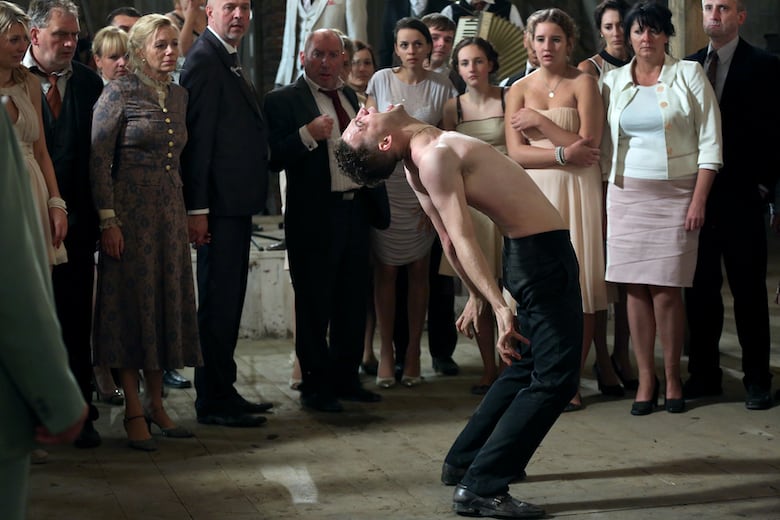
Most notably, the concept of generational trauma, and how this can often be at the root of modern Folk horror. Demon centres around Piotr and Zaneta are holding their wedding on Zaneta’s family homestead, which is in turn being given to the young couple as a wedding gift. The homestead, however, after Piotr finds bones buried within the grounds, is the site of a Jewish massacre at the height of the Holocaust. Relating this film to Folk horror occurs around the village’s desire to forget – or completely unacknowledged – the site as having hosted a massacre.
— FOUNDATIONS OF HORROR —
Further explore these subgenres & tropes. more>>
#Folk horror

For myself, this idea of Holocaust and trauma as being central tenets of Folk horror traditions across Europe was a revelation. The complicated relationship the European mainland has with its Holocaust legacy varies from nation to nation, but for Poland, the home of many of the Nazi’s most effectivey (and therefore monstrous) concentration camps, this tension between history and memory is most poignant. It is through Janisse’s careful cultivation of author, filmmaker, and historian interviews that the efficacy of her intention to meld Folk horror and the Holocaust together is successful. The thought of land as history, of land as memory, is brutally relevant to any scholarship into the Holocaust, and brutally effective at tying culture and history with the genre too.
Summarizing Woodlands Dark and Days Bewitched
Folk horror can be a challenging genre to ingratiate oneself with. While rural communities, ancient traditions, and monstrous rites are all bulwarks of the genre, its nuance can be lost on those who don’t want to read a novel about a rural pagan culture that burns police officers for a good harvest. If you are one of these people, I urge you to renew or deep dive into your Shudder subscription and watch Woodlands Dark and Days Bewitched at your earliest convenience.
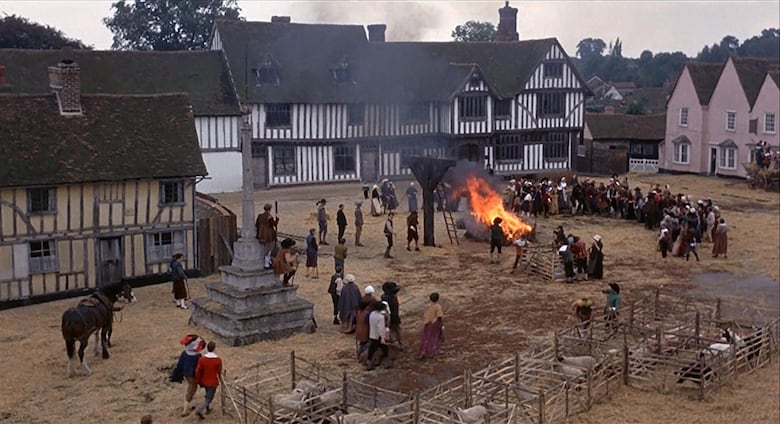
There are no lies in this article, so telling you this is an easy watch with a brief history of the genre is not what I shall write. Instead, consider Shudder’s Woodlands Dark and Days Bewitched documentary as a way of introducing you to a new friend. Janisse makes excellent use of a wealth of characters and scholars to carefully frame this insightful and hugely gratifying documentary.
If a definition of the genre is your aim (as my opening sneakily tried to frame this article) then this is not the documentary for you. Its aim isn’t to define, but to celebrate! The sheer scope of the genre is as beguiling as it is vast, and it is its adaptability that Janisse centre’s her picture around. So get the popcorn heated up, have a two litre bottle of Irn Bru chilled, and settle yourself in for an afternoon of being set up with your new favourite sub-genre of horror!
Last Updated on September 9, 2022.

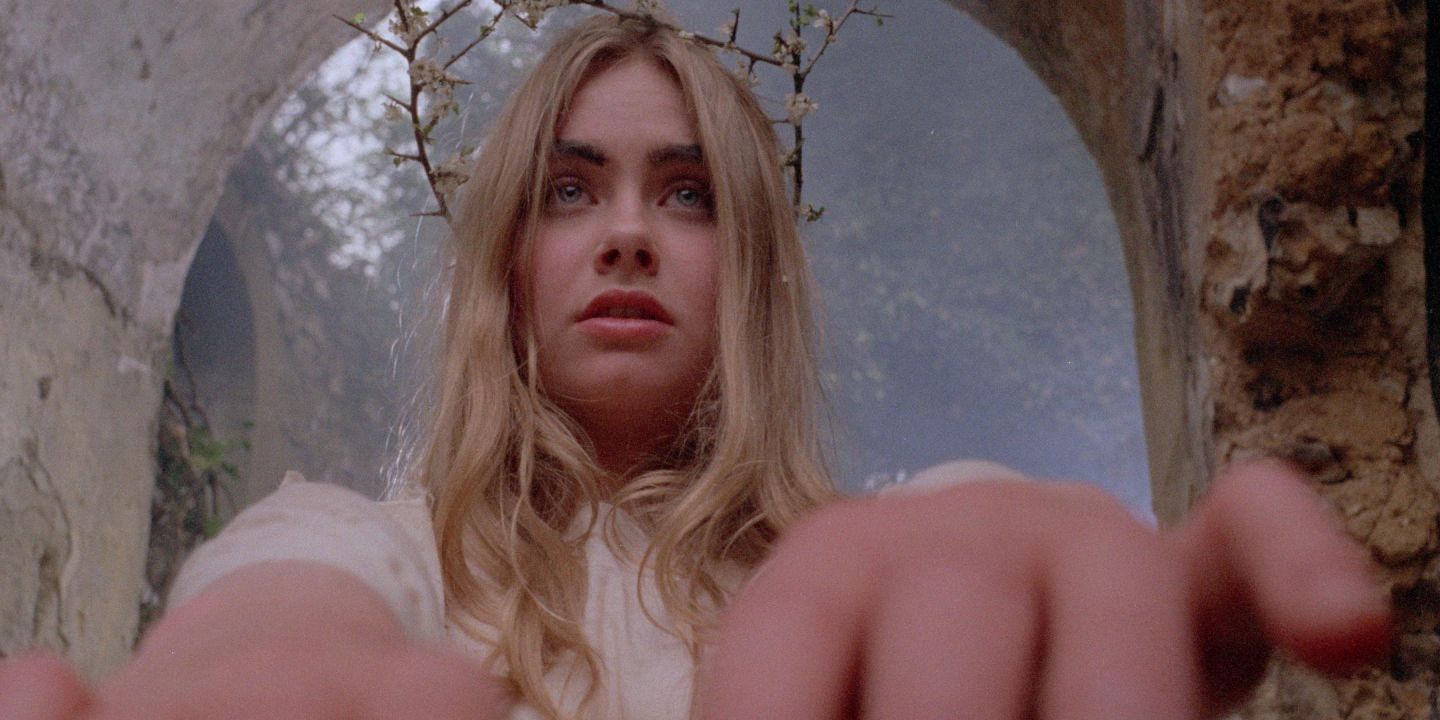
1 Comment